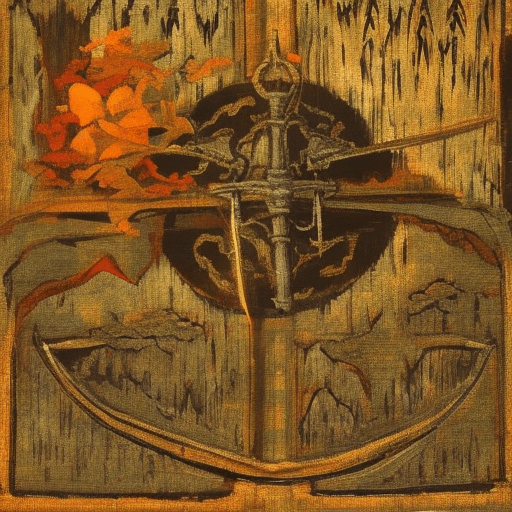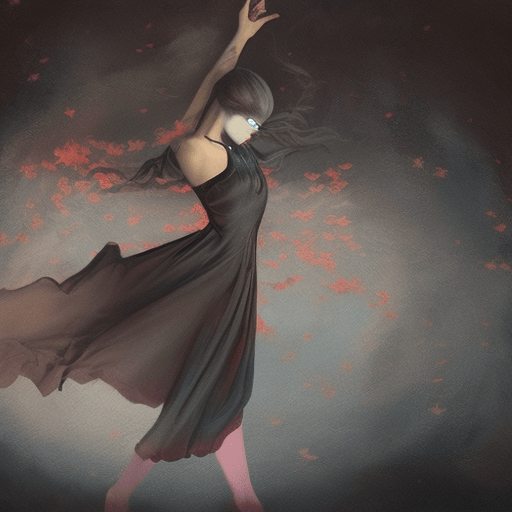The Ox-Bow Incident by William A. Wellman
Summary: In the small town of Bridger’s Wells, a posse forms to hunt down three men accused of cattle rustling, leading to a moral dilemma and a tragic outcome.
Main Cast and Crew:
- Director: William A. Wellman
- Writer(s): Lamar Trotti (screenplay), Walter Van Tilburg Clark (novel)
- Key Actors: Henry Fonda as Gil Carter, Dana Andrews as Donald Martin, Mary Beth Hughes as Rose Mapen, Anthony Quinn as Juan Martínez, William Eythe as Gerald Tetley
- Music Director: Cyril J. Mockridge
- Director of Photography: Arthur C. Miller
- Producers: Lamar Trotti, William A. Wellman
Plot:
In the 1880s, a group of cowboys, including Gil Carter and Art Croft, arrive in the town of Bridger’s Wells. They learn that a local rancher has been murdered and his cattle stolen. The townspeople, fueled by anger and fear, form a posse to bring the perpetrators to justice. Led by Major Tetley, the posse sets out to find the alleged rustlers.
As the posse rides through the night, they encounter three men—Donald Martin, Juan Martínez, and Alva Hardwicke—sleeping near a campfire. The posse accuses them of being the culprits and decides to take them back to town for a trial. However, some members of the posse, including Gil and Art, have doubts about the guilt of the accused.
Back in town, the tension rises as the townspeople debate whether to hold a proper trial or take matters into their own hands. The local judge is absent, and the mob mentality prevails. The posse’s leader, Major Tetley, pushes for immediate lynching, while Gil and Art advocate for a fair trial. Despite their efforts, the majority of the posse votes in favor of hanging the men.
As the condemned men await their fate, Gil and Art desperately try to convince the townspeople to reconsider. They argue that the accused deserve a fair trial and that the posse may be making a grave mistake. However, their pleas fall on deaf ears, and the men are hanged.
The next day, the posse learns that the real murderers have been captured, and the three men they hanged were innocent. The townspeople are left to grapple with the consequences of their actions, haunted by guilt and remorse.
Themes and Motifs:
“The Ox-Bow Incident” explores themes of justice, mob mentality, and the consequences of unchecked power. The film raises questions about the nature of morality and the dangers of acting on impulse and prejudice. It delves into the complexities of human nature and the capacity for both compassion and cruelty.
The motif of the ox-bow, a bend in a river, symbolizes the characters’ deviation from the path of justice. Just as the river takes an unexpected turn, the townspeople’s pursuit of justice takes a dark and tragic detour. The film also highlights the destructive power of groupthink and the importance of individual conscience.
Reception and Legacy:
Upon its release in 1943, “The Ox-Bow Incident” received critical acclaim for its powerful storytelling and thought-provoking themes. It was praised for its realistic portrayal of mob psychology and its condemnation of vigilante justice. However, the film faced some controversy due to its bleak and uncompromising ending.
Despite not achieving commercial success at the time, “The Ox-Bow Incident” has since gained recognition as a classic of American cinema. It was nominated for an Academy Award for Best Picture and has been praised for its timeless exploration of moral dilemmas. The film’s influence can be seen in subsequent works that tackle similar themes of justice and morality.
Recommendation:
“The Ox-Bow Incident” is a gripping and thought-provoking film that raises important questions about justice and human nature. It offers a powerful critique of mob mentality and the dangers of unchecked power. The performances, particularly by Henry Fonda and Dana Andrews, are compelling and emotionally charged. This film is highly recommended for those interested in exploring the complexities of morality and the consequences of collective action.
Memorable Quote:
“Every man has a breaking point. You and I have. Walt here has. And Major Tetley has reached his. And when a man gets his back to the wall, there’s only one thing to do, and that’s fight.” – Gil Carter












